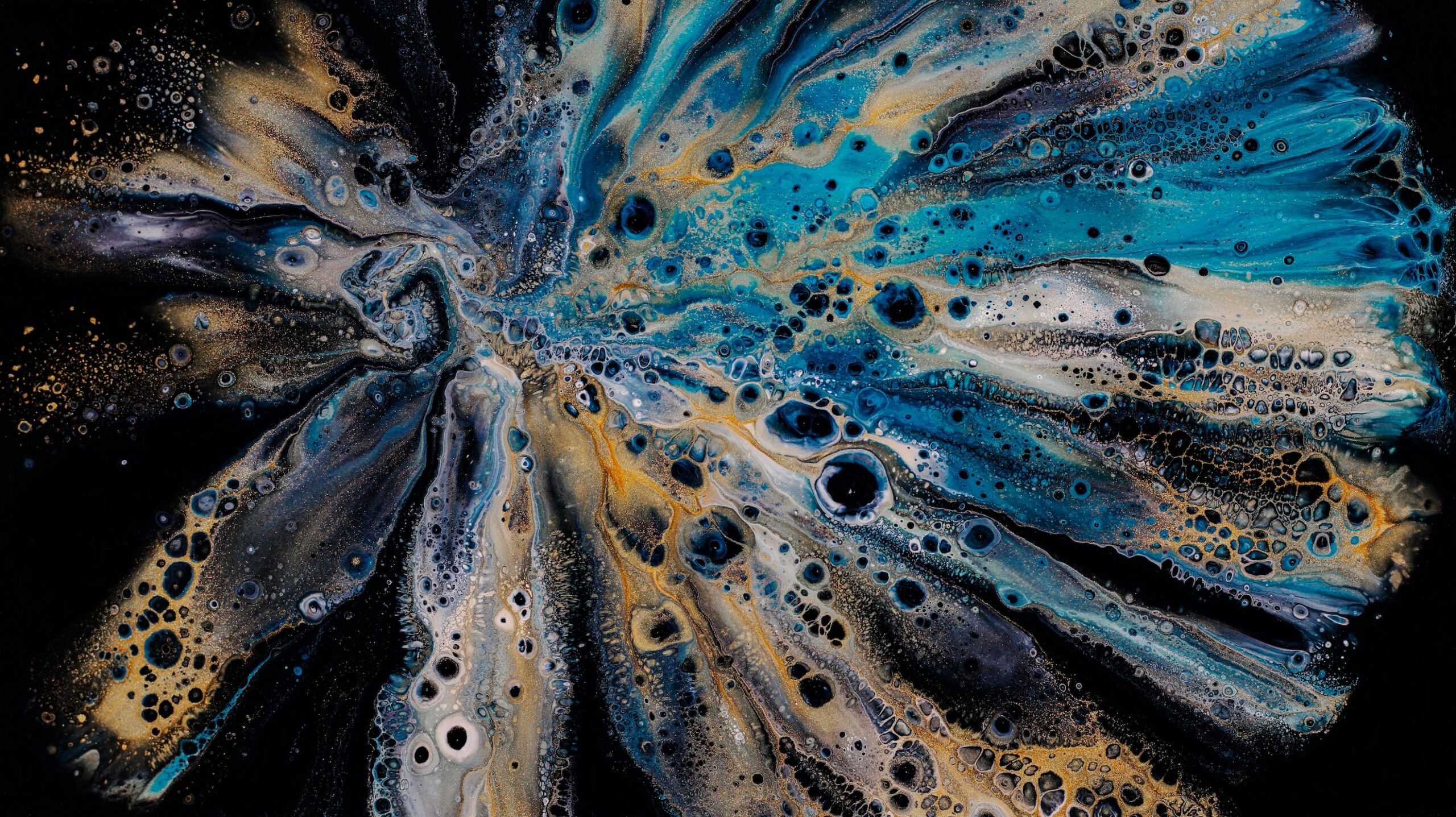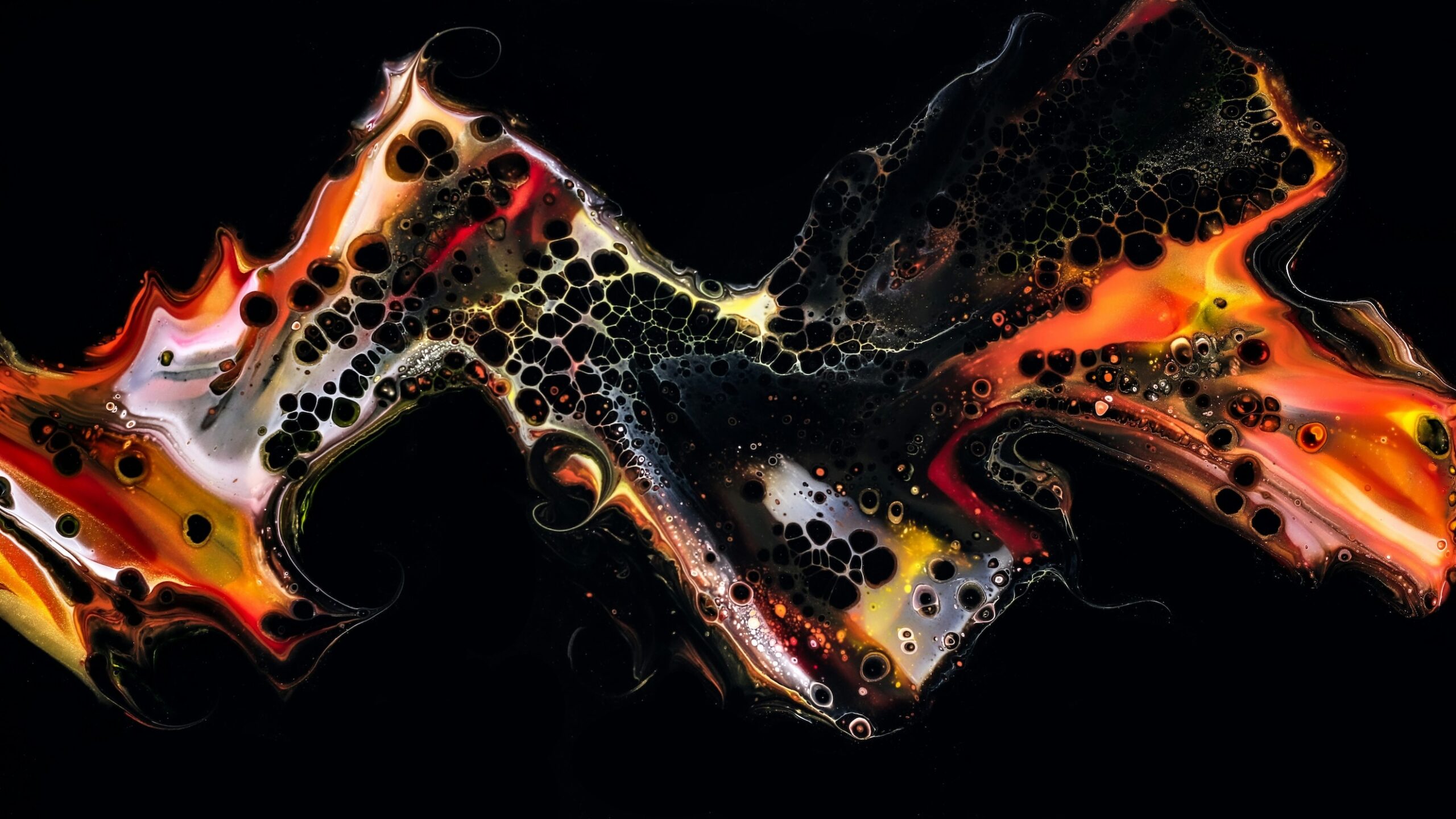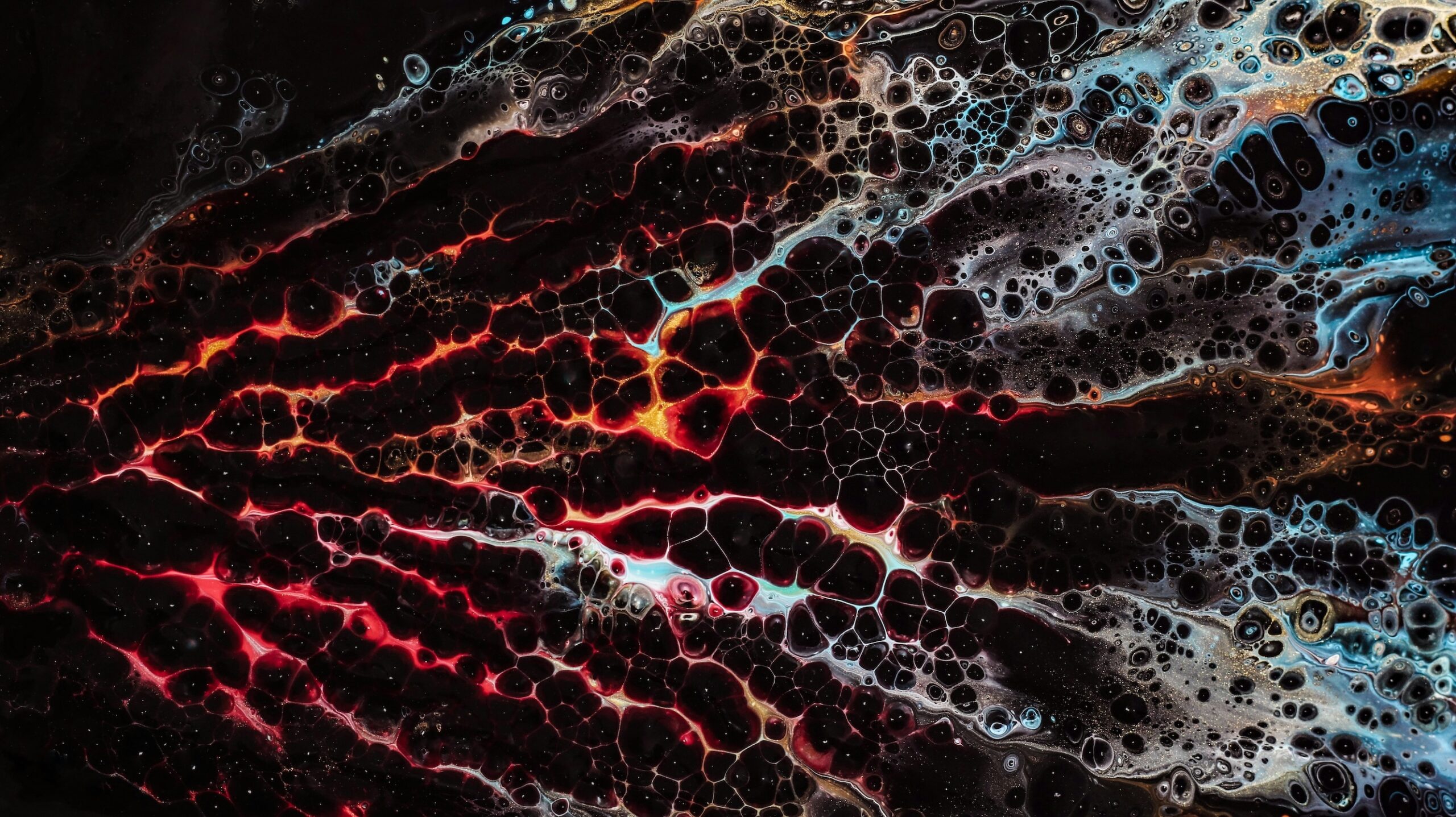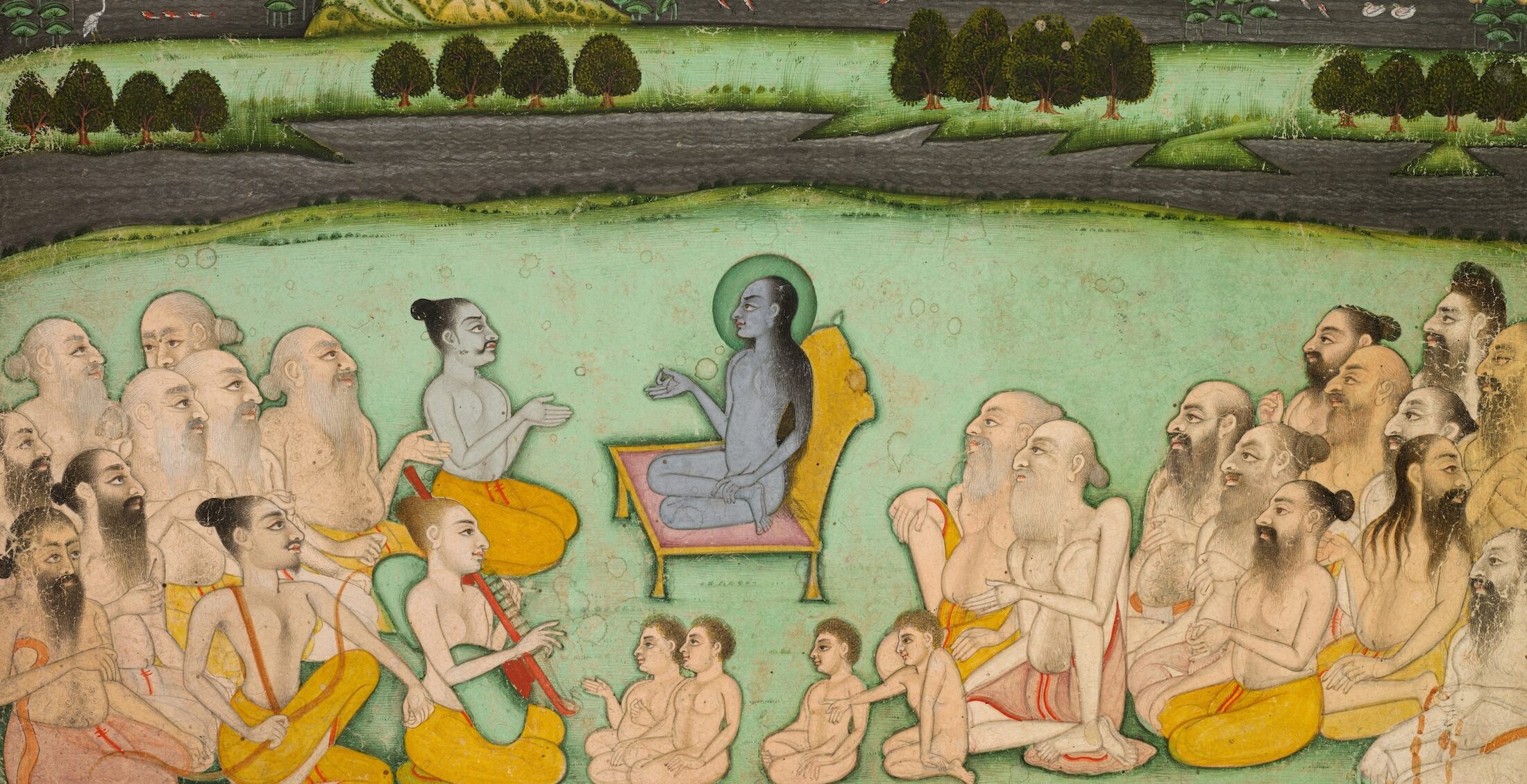Photo by Susan Wilkinson
What is calm and why should we design for it?
Calm is not a luxury. It is not the absence of activity or the promise of stillness. It is the quality of an experience that invites you to be fully present. To breathe. To notice. To belong to the moment, not despite technology, but through it.
Design shapes behavior, and behavior shapes attention. In a time of overstimulation, the responsibility of design expands. We must not only craft usability. We must cultivate presence.
This is what we call Calm Design. Not quiet for quiet’s sake, but a layered, intentional approach to interaction. One that honors materiality, environment, and the rhythms of being human.
These are our notes on calm. Not a definition, but a constellation. An invitation to reflect, feel, and design differently.
Calm is material
It begins with what we touch, see, hear, and smell.
The warmth of wood, the softness of linen, the ambient glow of indirect light.
Design is not just what it does. It’s what it feels like to be near it.
Calm is haptic
It thrives in tactility, vibration, resistance.
When our hands understand something before our minds do.
Calm lives in touch.
Calm is embodied
It brings us home to the body. To presence, to grounding, to being.
It centers the senses—sight, sound, smell, texture, temperature.
It honors posture, breath, and gesture as part of interaction.
Design doesn’t just speak to the mind or the eyes. It engages the whole self.
Calm is visceral
It lives in the gut, the skin, the breath.
It’s a feeling before it becomes a thought.
Design can’t fake this. It must be felt.
Calm is sensory
It unites the senses instead of splitting them across screens.
A soft sound supports a soft light. A texture invites a pause.
The senses converge, not compete.
Calm is temporal
It respects time as a medium.
It offers pacing, slowness, and rhythm.
It lets you arrive, dwell, and depart on your own terms.
Calm is spatial
It pays attention to the room, the landscape, the orientation of the sun.
It treats space as a collaborator, not a container.
Calm lives in the interplay between body and environment.
Calm is architectural
It is built into walls, doorways, seating, thresholds.
It emerges from design decisions we barely notice but always feel.
Calm is ambient
It doesn’t need your attention to be felt.
It supports without shouting.
Calm is analog (even when digital)
It borrows from the physical world—slowness, depth, grain.
It reminds us that technology is part of nature too.
Calm is unfinished
It leaves space.
For silence, for imagination, for interpretation.
Calm is personal
It adapts. It listens.
What soothes one person may overwhelm another.
Calm design is empathetic design.
Calm is diverse
There is no single calm.
For some, it’s silence. For others, it’s the hum of community.
Calm is cultural, contextual, and ever-shifting.
Calm is emotional
It makes room for emotion. Not only serenity, but grief, joy, solitude, restoration.
Calm can soothe, uplift, or ground.
It’s the emotional texture of an experience, not just its function.
Calm is social
It’s found in collective rituals, shared silences, mutual attentiveness.
Design for calm must consider communities, not just individuals.
Calm is cultural
It holds memory, meaning, resistance, care.
Calm is never neutral. It reflects who we are and who we want to be.
Calm is local
It draws from the textures, languages, and materials of place.
It speaks with a local accent.
Calm is ritual
It repeats.
In small, grounding ways that give shape to our days.
Calm is crafted
Like a handmade object, calm requires care and intention.
It is not efficient. It is meaningful.
Calm is frictional
It values the small effort—the twist of a knob, the lighting of a candle.
Friction isn’t always the enemy. Sometimes it’s the invitation.
Calm is porous
It blurs the boundary between device and world.
Design becomes breathable.
Calm is resistant
It resists urgency, speed, scale.
It values depth over reach.
Calm is slow
It values gradual unfolding.
It gives people time to feel, explore, understand.
Calm is spacious
It creates room—for thought, for breath, for being.
It lets us stretch out and slow down.
Calm is soft
Not weak—adaptive.
Softness allows connection, not collapse.
Calm is ecological
It considers interconnected systems—natural, social, and technological.
It aligns with cycles, flows, and the quiet intelligence of living processes.
Calm is energy
It’s not passive. It’s restorative.
It doesn’t drain, distract, or demand.
It gives more than it takes.
Calm is transitional
It helps us cross thresholds.
Between roles, moods, moments.
Calm is more-than-human
It extends care beyond the human.
It honors the presence of animals, plants, microbes, machines. Of all that shares the world with us.
Designing with calm means listening to all forms of life.
Calm is experience
It’s not a feature. Not a toggle in settings.
It’s a way of being in the world through design.
Calm is freedom
It frees attention from loops, likes, and latency.
It returns agency to the user.
It opens space to think, feel, or simply be.

Photo by Susan Wilkinson
In practice
Calm Design isn’t a trend. It’s a commitment to designing for aliveness.
To create spaces, tools, and experiences that make us more present, not less.
That center the body, the senses, and the subtle.
If you’re a designer, technologist, artist, or simply someone seeking a gentler world, you’re invited to reflect, to experiment, to question.
Because designing for calm
is designing for attention, for agency, for life.

Photo by Susan Wilkinson



